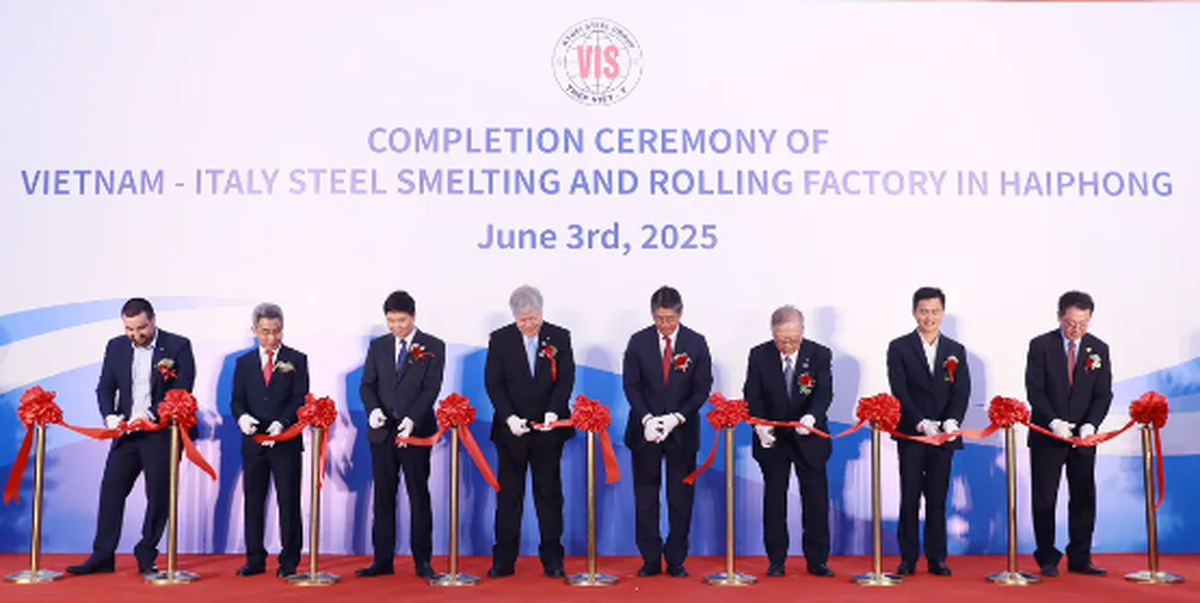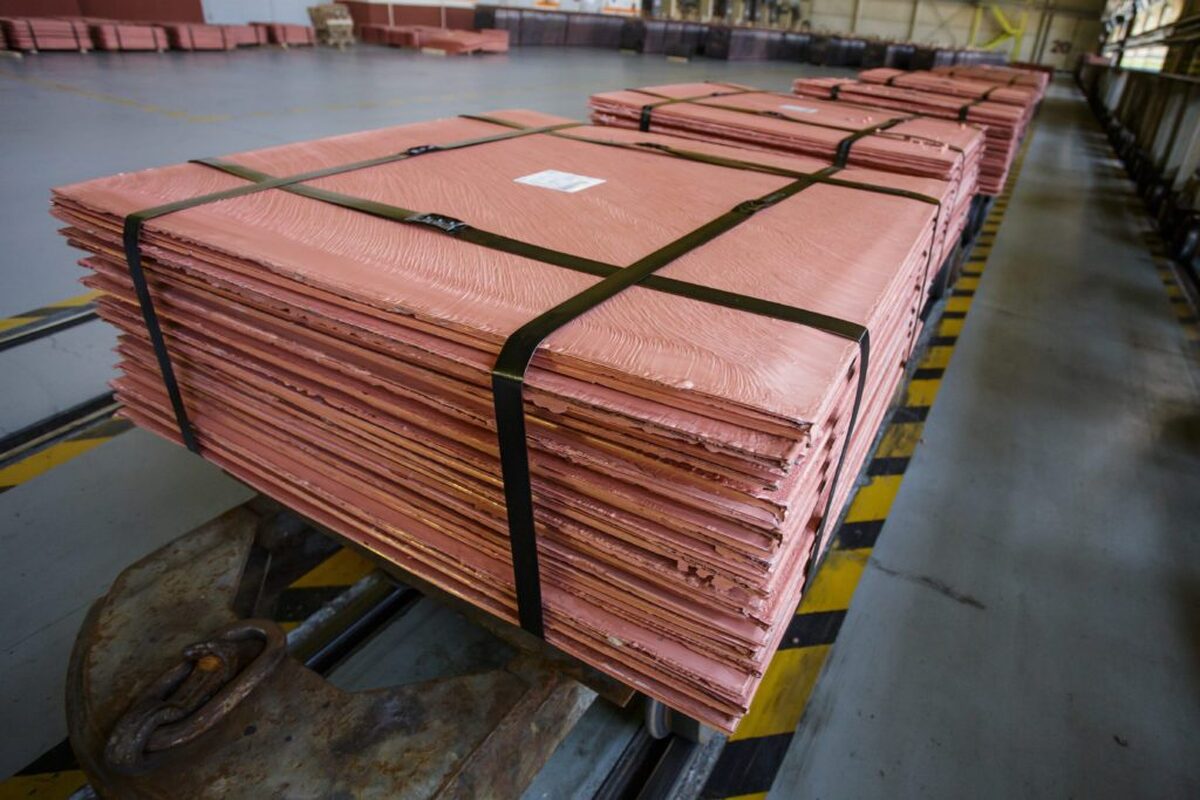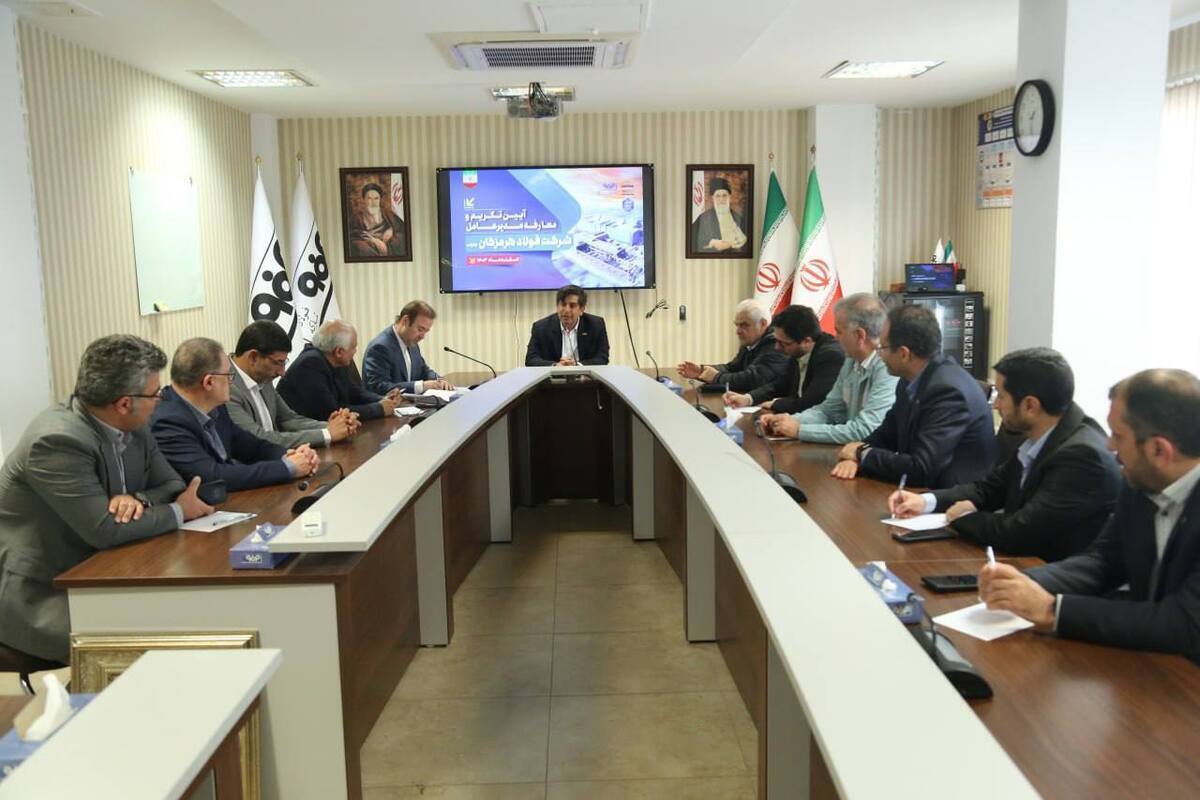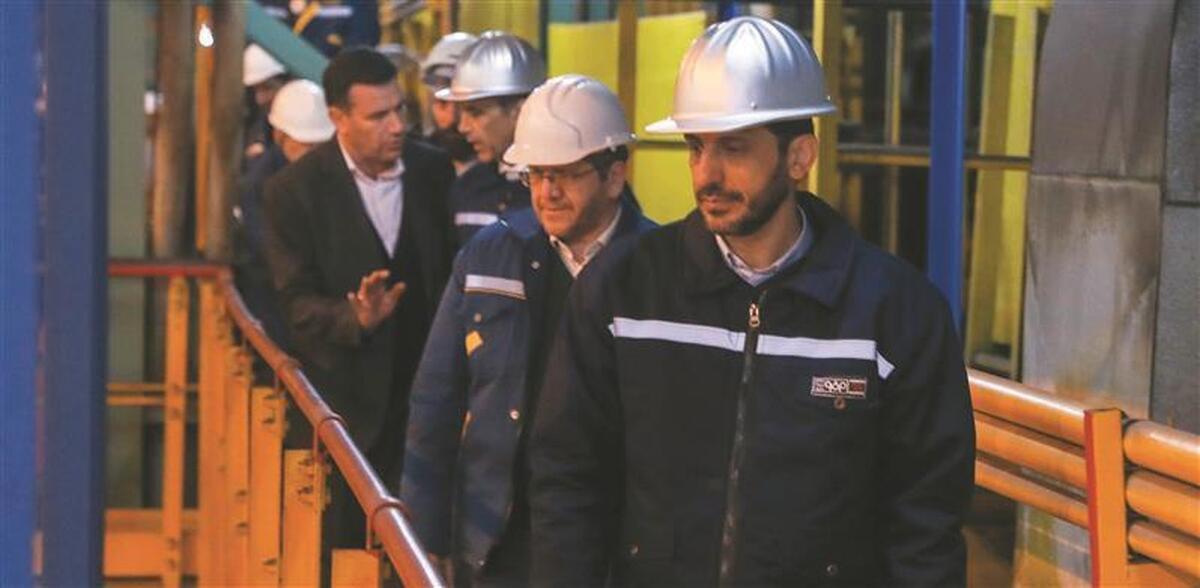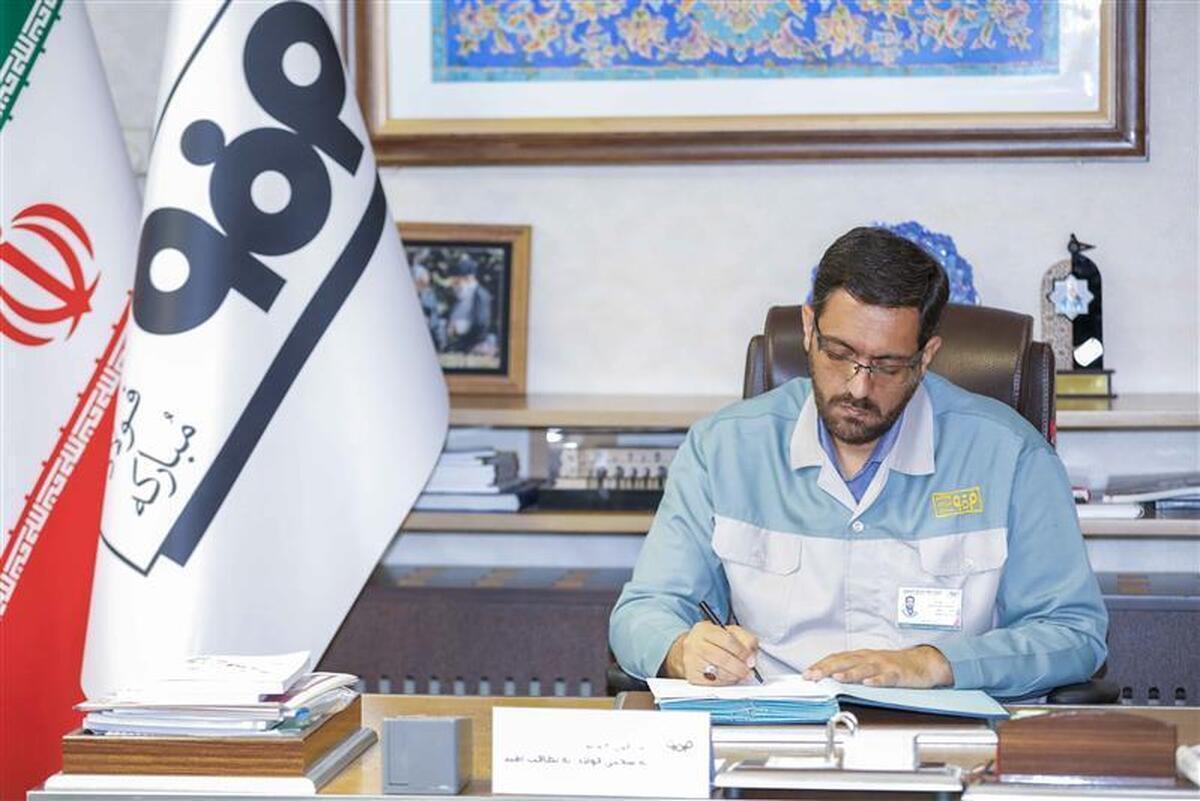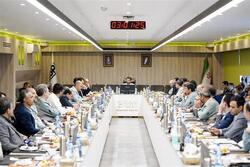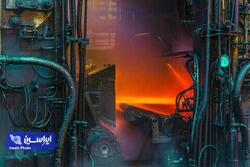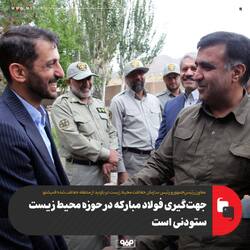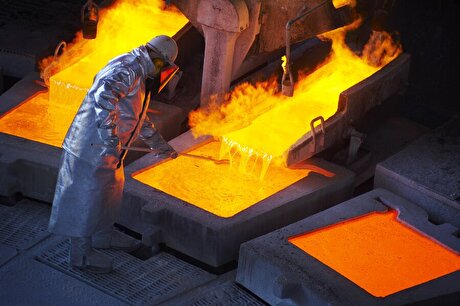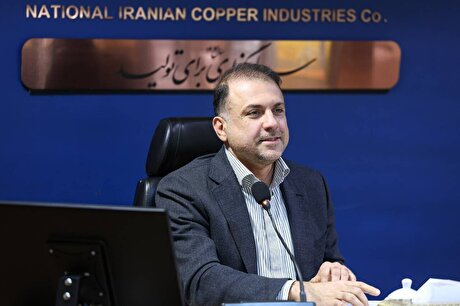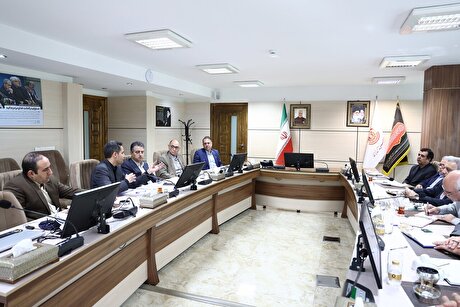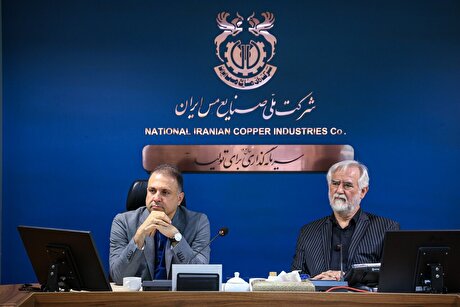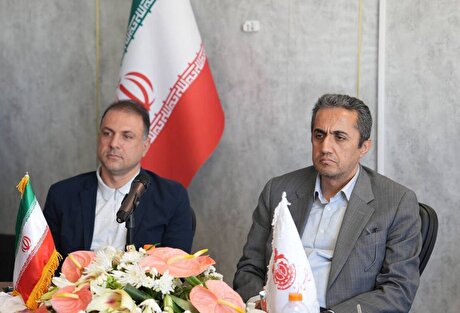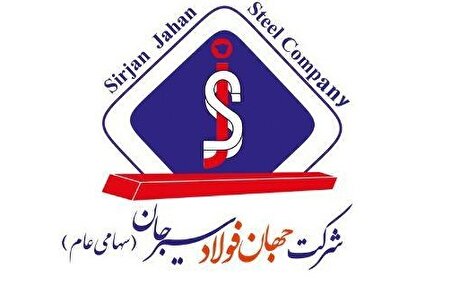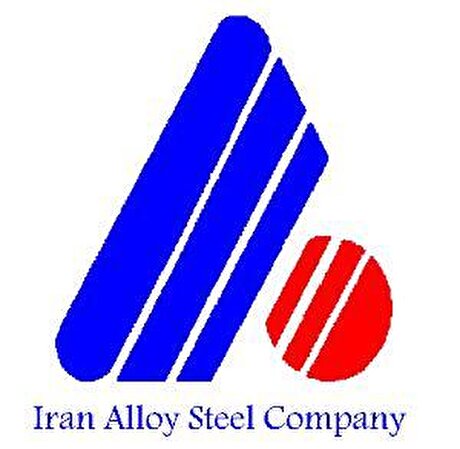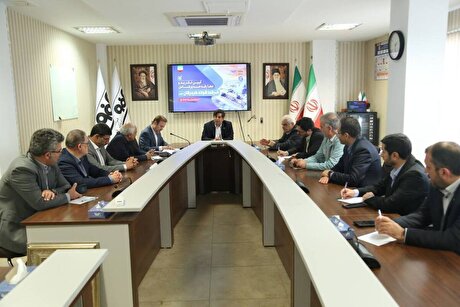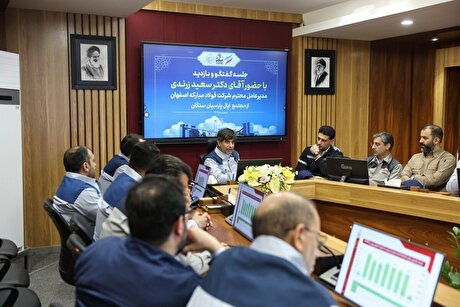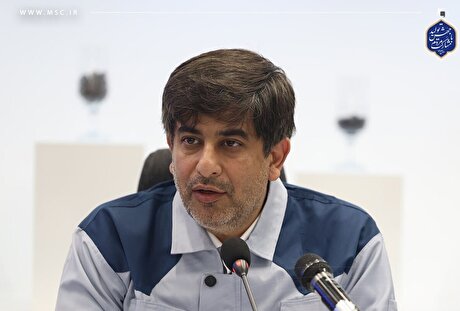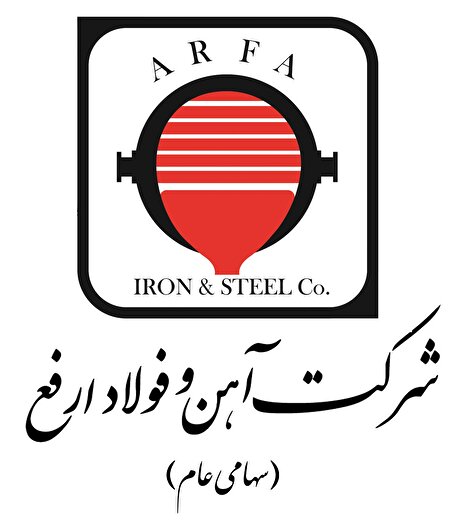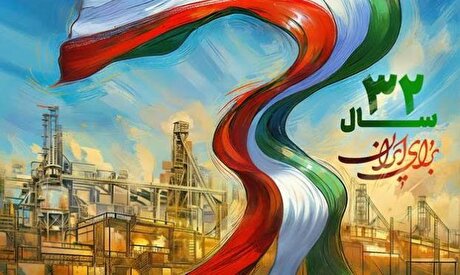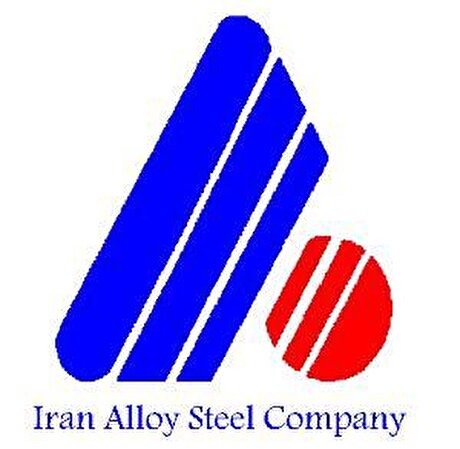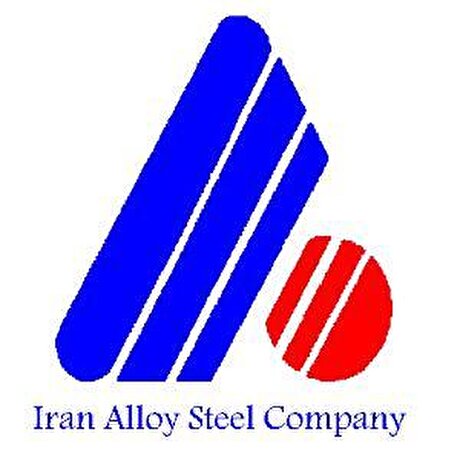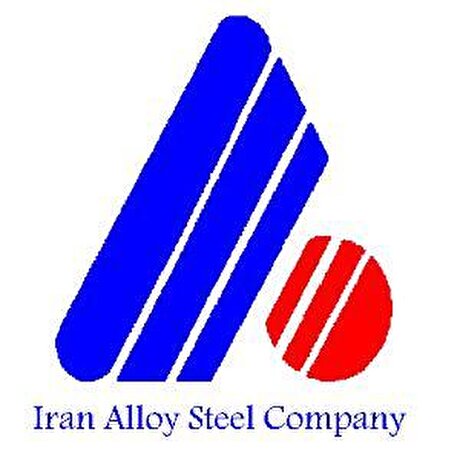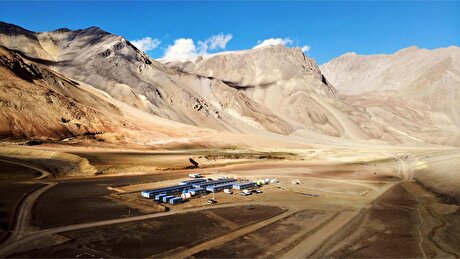
The need to review industry-university interactions for a future-oriented outlook in the steel industry
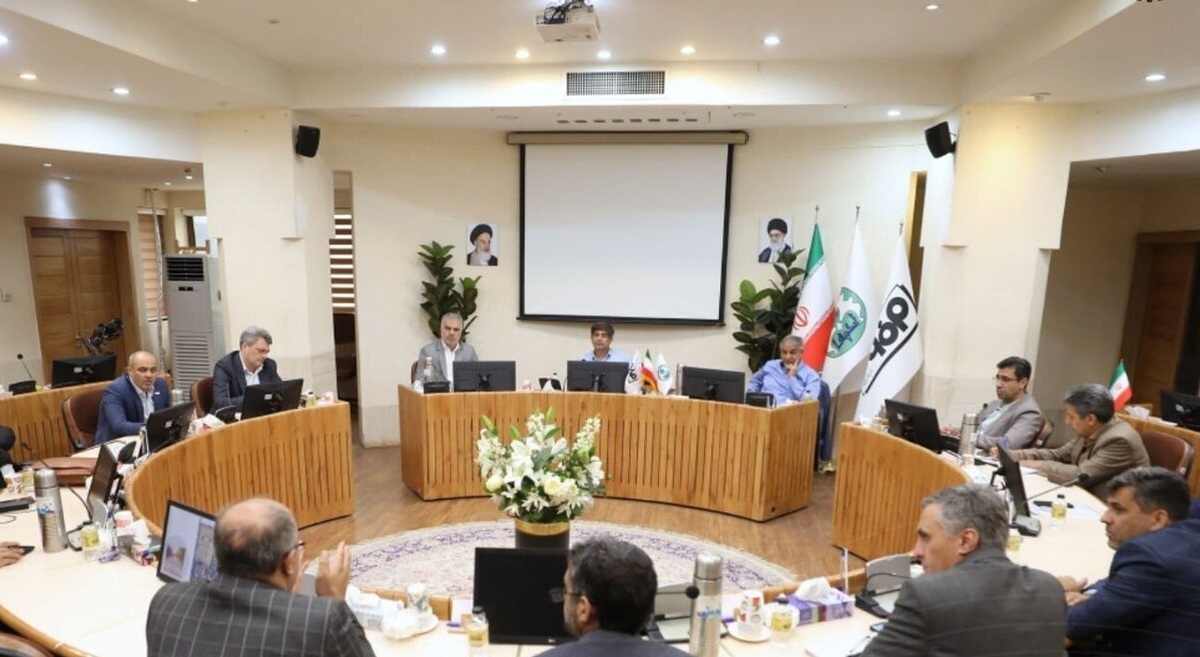
According to me-metals, we believe that a new model should be designed in interaction with universities, such as the University of Isfahan and the Isfahan University of Technology. Instead of universities being merely implementers of industry projects, they should play a role as part of the steel research and development system.
Now, Mobarakeh Steel is no longer in absolute monopoly and competition in the steel industry has intensified. If fundamental changes are not made to the revenue model, cost structure, and technologies of this complex, we will face serious challenges in the near future.
Innovation is the main focus of the company's development, and the 10-year steel vision should be based on global developments, future-oriented trends (megatrends), and Iran's position in international markets. We have defined 12 priority projects that will determine the path of future development.
The idea of establishing a museum to record and display the hidden knowledge of Mobarakeh Steel could be a platform for recording experiences and transferring knowledge to the next generation. In the field of education, broader cooperation with neighboring universities could be designed, similar to what major global companies such as POSCO have done by establishing dedicated universities.
In the field of technology, the gap in value added in Iran and in Mobarakeh Steel with large global companies is huge. The average income of some companies from steel products has reached more than $2,000, while in Mobarakeh Steel, which is the leader in Iran, this number is around $410 to $470. This difference is due to the weakness in technological development and production of high-tech products.
By utilizing the scientific capacity of the country's prestigious universities, especially Isfahan University and Isfahan University of Technology, we can define a new model of cooperation; a model that is based on solving real industry problems, increasing productivity, and promoting the national brand.
Universities should also be more active in solving social, environmental, and cultural issues. Mobarakeh Steel's investments in areas such as water have so far cost more than 30 trillion tomans, which were made solely out of social responsibility and without economic considerations.
Based on an understanding with the Ministry of Science and the Presidential Vice-President for Science, we are developing regulations to effectively use the tax resources foreseen to support academic research. We hope that once these guidelines are finalized, we will be able to begin broader cooperation with top universities, including Isfahan University and Isfahan University of Technology.


Gold price edges up as market awaits Fed minutes, Powell speech
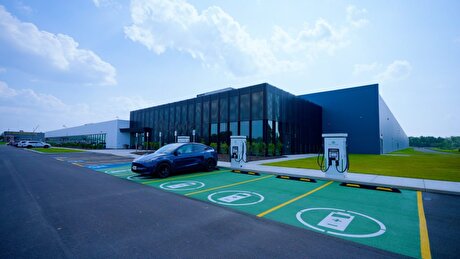
Glencore trader who led ill-fated battery recycling push to exit

Emirates Global Aluminium unit to exit Guinea after mine seized
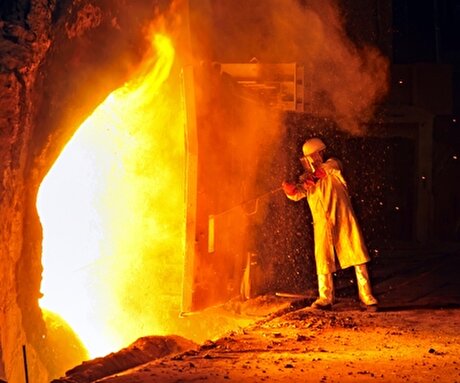
Iron ore price dips on China blast furnace cuts, US trade restrictions

Roshel, Swebor partner to produce ballistic-grade steel in Canada

US hikes steel, aluminum tariffs on imported wind turbines, cranes, railcars

EverMetal launches US-based critical metals recycling platform

Afghanistan says China seeks its participation in Belt and Road Initiative
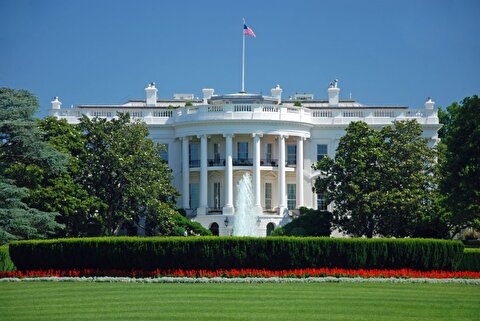
Trump weighs using $2 billion in CHIPS Act funding for critical minerals
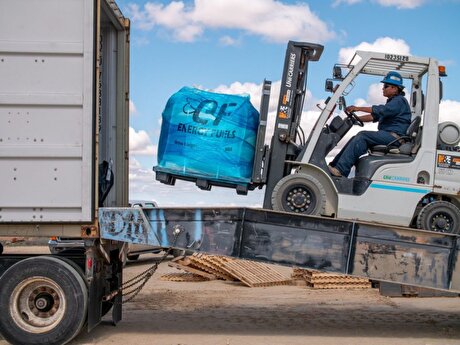
Energy Fuels soars on Vulcan Elements partnership

Northern Dynasty sticks to proposal in battle to lift Pebble mine veto
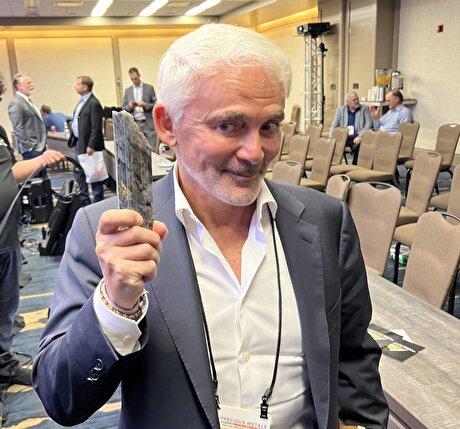
Giustra-backed mining firm teams up with informal miners in Colombia
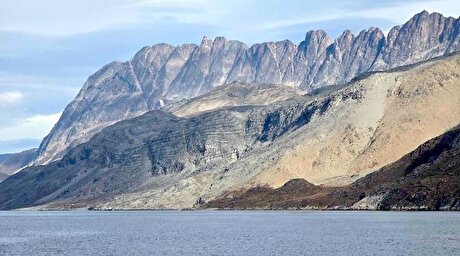
Critical Metals signs agreement to supply rare earth to US government-funded facility
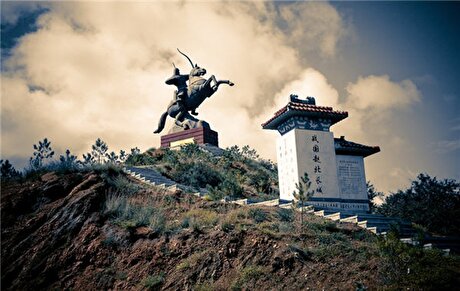
China extends rare earth controls to imported material
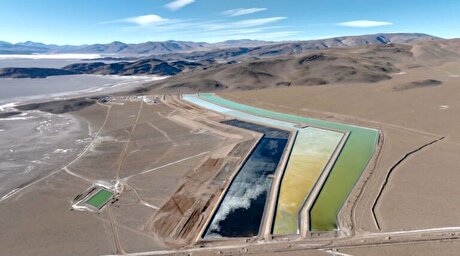
Galan Lithium proceeds with $13M financing for Argentina project
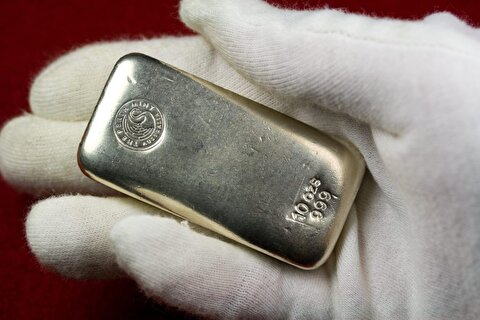
Silver price touches $39 as market weighs rate cut outlook

First Quantum drops plan to sell stakes in Zambia copper mines
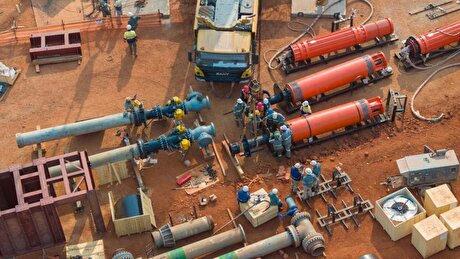
Ivanhoe advances Kamoa dewatering plan, plans forecasts

Texas factory gives Chinese copper firm an edge in tariff war

Energy Fuels soars on Vulcan Elements partnership

Northern Dynasty sticks to proposal in battle to lift Pebble mine veto

Giustra-backed mining firm teams up with informal miners in Colombia

Critical Metals signs agreement to supply rare earth to US government-funded facility

China extends rare earth controls to imported material

Galan Lithium proceeds with $13M financing for Argentina project

Silver price touches $39 as market weighs rate cut outlook

First Quantum drops plan to sell stakes in Zambia copper mines

Ivanhoe advances Kamoa dewatering plan, plans forecasts

